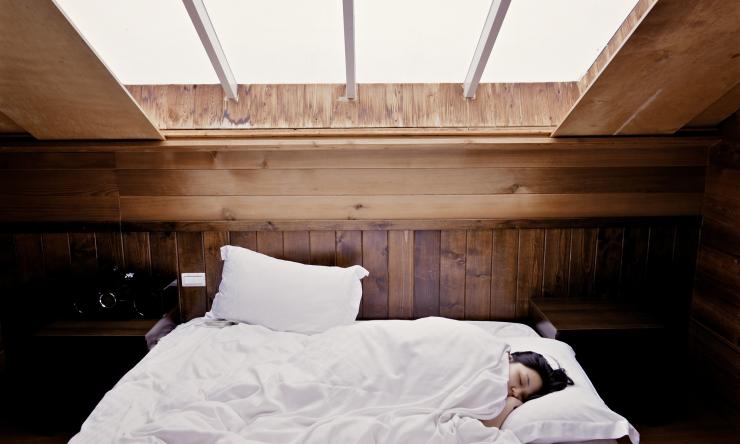An extra hour to fix your circadian rhythm
Daylight saving time ends on Nov. 6, bringing along an extra hour for sleep and activities. Dr. Annise Wilson, a sleep medicine expert at Baylor College of Medicine, shares details on the effects "falling back” an hour has on circadian rhythms, shift workers and adolescent development.
“While the end of daylight savings time in November disrupts the sleep cycle, ultimately it is more in alignment with our circadian rhythm,” said Wilson, assistant professor of medicine – pulmonary, critical care and sleep medicine. “In addition to gaining an extra hour, there’s more light in the morning and it’s darker at night, so the time change in the fall is easier to adapt to than it is in the spring.”
Fixing your sleep schedule
A person’s circadian rhythm refers to the 24-hour internal body clock that regulates bodily functions, such as hormone release and body temperature.
Continuous disruptions to a person’s circadian rhythm have been linked to mood disorders and negative impacts on cardiovascular health, cognition and other bodily functions. The time change from the end of daylight savings time allows people the opportunity to fix their circadian rhythm, which leads to overall better health.
Wilson offers these strategies for those needing to repair their circadian rhythm:
- Schedule consistent meal, exercise and sleep times throughout the week
- Prioritize light exposure in the morning and limit light exposure in the evenings
- Avoid caffeine and alcohol before bedtime
- Naps are best in the early afternoon and should be no more than 20 minutes long
- Shift your bedtime 15 to 30 minutes later a few days prior to the end of daylight savings time (the wake time also should be 15-30 minutes later than the usual wake time)
“It may take up to a week to adjust to the time change. The end of daylight savings time does allow us to catch up on sleep debt. It is recommended that we get seven to nine hours of sleep each night,” Wilson said. “The key to maintaining a healthy circadian rhythm is a consistent routine.”
Shift workers
Shift workers, particularly those who work overnight, experience some of the worst effects of a disrupted circadian rhythm due to their inverted schedules. As a result, Wilson says this population tends to have a higher risk of obesity, diabetes, mood disorders and cancer. Depending on if the shift work is long or short term, certain strategies can be taken to readjust their circadian rhythm.
“If the shift work is short term, then on their off days, shift workers can go about their regular routine and should normally adjust,” Wilson said. “If it is long term, we recommend simulating nighttime when they go home in the mornings by wearing dark glasses and using blackout curtains. When returning to their shifts at night, shift workers should expose themselves to a lot of light at the beginning of the shift.”
Adolescent development and daylight saving time
Although changes in circadian rhythm affect us all, Wilson cites children as a population sensitive to changes in sleep schedules as they are still in developmental stages. The normal circadian rhythm of adolescents tends to have them sleeping later, meaning that the onset of daylight saving time in the spring exacerbates their sleep deprivation. In combination with early school start times, this could have a negative impact on a child’s development.
“By trying to force adolescents to go to sleep earlier than they normally would and having them wake up early to go to school and then factoring in daylight saving time, they're become chronically sleep deprived,” Wilson said. “Being chronically sleep deprived in a developing body is not ideal.”
To fix issues, Wilson advises parents to create consistency in sleep schedules, mealtimes and sleep routines.










